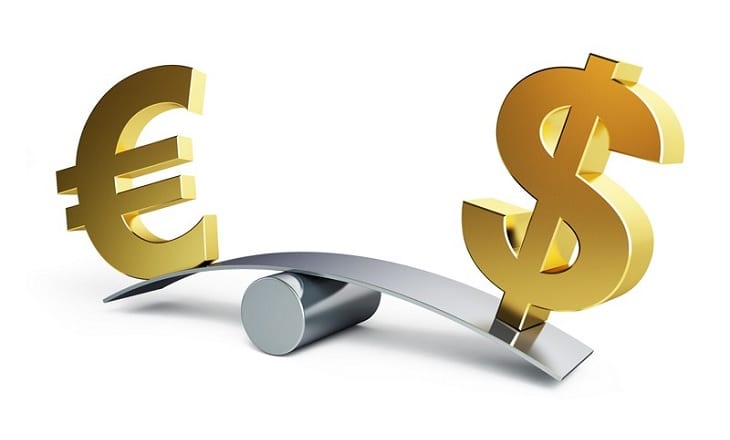This article was written by Ipek Ozkardeskaya, Senior Market Analyst at FCA regulated broker London Capital Group Holdings plc (LON:LCG).
The sweet combination of Dutch election and Federal Reserve’s (Fed) monetary policy meeting triggered a relief rally in the euro against the US dollar.

Ipek Ozkardeskaya, LCG
The euro finally took a breather on Dutch election results. The rising wave of populism halted with Netherlands’ slight pushback to Geert Wilders’ Freedom Party. PVV obtained 19 seats in the lower house of Parliament, versus 32 seats secured by PM Mark Rutte’s Liberal Party and 20 seats taken by Christian Democrats.
The euro appreciated to a month high against the US dollar, also helped by the Fed’s monetary policy announcement. The Fed raised rates by 25 basis points as widely anticipated, yet sounded less hawkish than expected. In its March meeting, Janet Yellen downplayed the impact Donald Trump’s fiscal policies would have on growth and inflation. Yellen voiced her preference to wait and see how the future would shape up, after she reacted by hiking rates by 50 basis points since Donald Trump got elected President in November 2016.
Still, the markets assess 50.2% probability for the next rate hike to happen by the FOMC’s June meeting. It is yet too early for the next rate hike odds to interrupt the readjustment in the US dollar.
It may therefore be time for traders to reevaluate the euro’s value.
From a technical point of view, it is a bullish reversal
The EURUSD cleared the critical 1.0707 level, the major 38.2% retracement on the post-Trump decline. As such, the pair stepped in the bullish consolidation zone. The MACD indicator trends toward the positive territory, suggesting that the EURUSD has potential to gain more momentum.
The current positive wave could push the EURUSD up to 1.0820, the Fibonacci’s 50% level, and 1.0830, the highest level at which the pair traded in 2017.
Above 1.0830, the euro would step in unmarked territories and could attempt to 1.0933, the major 61.8% retracement, before 1.1015, the 100-week moving average. The latter level would be possible only in case of a significant dovish shift in the Fed’s policy outlook, and/or a notable hawkish shift in the European Central Bank’s (ECB) policy stance.
What is next?
The tense euro-traders needed the Dutch relief before facing a more severe test in France. In fact, the Dutch PVV was seen as a psychological test, given that Mr. Wilders would fail to form a coalition even if he succeeded in the March 15th election.
The French odds are somewhat different.
Marine Le Pen, the French far right Front National’s leader, is clear about her objectives: exiting the European Union (Frexit) and bringing back the French franc.
According to the latest Bloomberg survey, Marine Le Pen has 27% chances of winning the first round of the election, versus 25% for her independent rival Emmanuel Macron and 19% for Francois Fillon. Marine Le Pen is not expected to win the second and the final tour of the election.
This being said, the question in short-term is not whether or not Le Pen would make it to the Presidential seat, yet how tense would the market be on the run up to the election – what we call the election risks.
In the light of the political and monetary situation, we believe that the EURUSD’s bullish reversal could develop toward the 1.0820. Above this level, the positive path would become increasingly challenging.
As of today, the 1.0933 could be considered as a game changing level.
